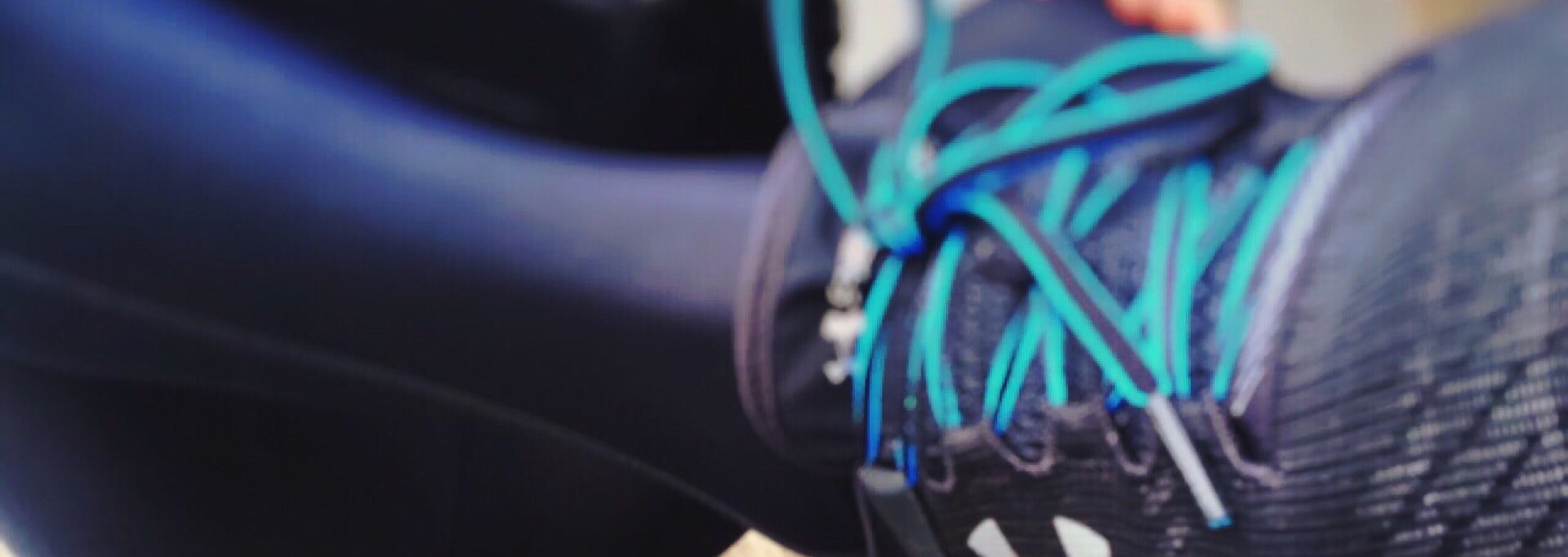What is shoulder impingement?
Shoulder impingement occurs when one of the Rotator Cuff tendons or the bursa becomes pinched, or “impinged", within the space between the ball and socket of the shoulder. It is most commonly seen in people who engage in repetitive overhead activity, such as swimmers, body builders, scaffolders, throwing athletes and racquet sportsmen. It also occurs often in people who do something they don’t normally do, like carrying a case around on holidays, cleaning out the gutters before winter, starting a new workout or other things that are not done regularly.
Shoulder Impingement is not a normal part of shoulder movement, and if it continues to occur, the rotator cuff tendon may “tear” or can become inflamed, a condition known as Rotator Cuff Tendonitis, or Sub Acromial Bursitis.

Signs & Symptoms
- dull ache “inside” the shoulder, but can also be felt in the upper arm
- pain at the outer aspect of the shoulder at the top of the arm
- the shoulder pain will become more constant as your condition worsens
- painful with lying on the sore shoulder
- weakness in shoulder muscles
- pain with reaching overhead, out to the side or behind your back
- pain with driving or when putting on the seat belt
What Causes Shoulder Impingement?
Shoulder Impingement may occur from either structural or postural/movement causes.
Structural narrowing from bone spurs or arthritis reduces the space available for the Rotator Cuff tendons to move within the shoulder, therefore increasing the likelihood of impingement. This type of impingement largely occurs as we get older.
Shoulder Impingement resulting from postural and movement causes occur at any age and are much more common as multiple factors may exist at the same time. Risk factors include:
- poor posture
- upper back and shoulder stiffness
- rotator cuff weakness
- muscle tightness, especially in the chest muscles
- poor shoulder blade stability
- previous injury to the shoulder joint
- training errors, including improper technique
What should you do to help yourself?
- Make sure you avoid things that you know definitely upset your pain. You shouldn’t avoid moving the arm at all times, but things that you know cause pain are a good idea to give a bit of a break from.
- You can use an icepack on the shoulder when it is sore.
- Avoid sleeping on that side if possible
- See your Physio as soon as you can – Shoulder pain is something that should be treated quickly as it can have serious implications if it doesn’t get better, and EARLY treatment DEFINITELY decreases the risk of a Rotator Cuff tear, or a Frozen Shoulder.
How can we help?
- Mobilisations / Manipulations (Adjustments) of the upper back and shoulder to improve posture and promote normal movement.
- Soft Tissue Massage to release tight muscles around the shoulder. This will be combined with a home-based Stretching Program.
- Acupuncture / Dry Needling to reduce pain and deactivate trigger points. This can be performed with Electrotherapy if indicated.
- Kinesio-Taping to improve posture and help with muscle retraining.
- Develop a Strength & Stability Program for the Rotator Cuff and Shoulder Blade muscles.
- Address Training Errors. This will involve discussing your training volume and correcting any inappropriate exercises.
Is your shoulder pain is stopping you from working or training like you used to, or you’re worried you will soon have to give it up certain things you enjoy? Research shows that physiotherapy is proven to be an effective way of treating shoulder pain.
See one of our Physio’s sooner rather than later, to fix your shoulder and continue doing the things you want to do!!!
If you are in pain and need to get this fixed ASAP… book online now!
Alternatively, if you are still unsure whether physiotherapy is right for you… request a FREE Telephone Consultation from one of our expert Physiotherapists to discuss your best options.
